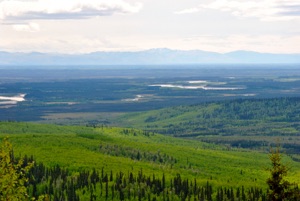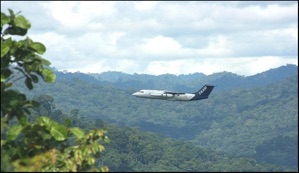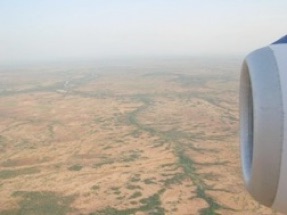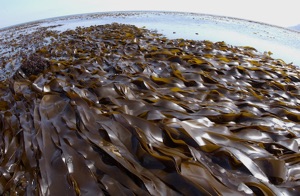Róisín Commane
Research
Arctic Carbon
As the arctic rapidly warms, what will happen to the estimated 1700 Pg of organic carbon locked up in the permafrost?
As part of the Carbon in Arctic Reservoirs
Vulnerability Experiment (CARVE) project, we are
calculating the emissions of methane and flux of carbon
dioxide from the whole of Alaska in order to find out.
Carbonyl Sulfide
Can carbonyl sulfide (OCS) be used to as an indicator of carbon uptake in forest ecosystems?
Measurements of OCS fluxes above Harvard Forest (a mixed forest east of Boston, MA) for three years allow us to compile an extensive dataset to investigate this claim through modeling studies.
Combined with the measurement of the OCS flux on a cruise to the North Atlantic (WACS) and OCS mixing ratios into the San Francisco Bay area (CalNex), we have learned a great deal about carbonyl sulfide in the past few years.
Instrument Development
Can we measure OCS fluxes using the eddy covariance methods?
Quantum cascade laser spectroscopy (QCLS) has allowed for the precise and fast measurement of carbonyl suflide on a scale not previously thought possible.
Working at Aerodyne Research, we developed and commercialized the mini OCS analyser, with over 20 OCS analyzers now used by groups around the world.
Interior Alaska, South from Fairbanks



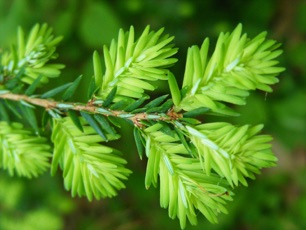
Oxidation in the Tropics
How are Volative Organic Compounds (VOCs) broken down in the tropics?
Globally tropical forests are estimated to account for almost half of all biogenic VOC emissions into the atmosphere. The most effective oxidant in the atmosphere, and main pathway for the destruction of VOCs, is the hydroxyl (OH) radical. Produced from the photolysis products of ozone reacting with water vapor, OH rapidly reacts with carbon monoxide (CO) to form the hydroperoxy (HO2) radical, which itself quickly reacts with nitric oxide (NO) to reform OH. The measurement of OH and HO2, while highly challenging, provides a means to understand the oxidative capacity of the atmosphere.
We measured OH and HO2, with a low pressure Laser-induced fluorescence instrument, aboard the BAe-146 UK research aircraft in Borneo, Malaysia (OP3) to understand the impact of organic species such as isoprene on the tropical troposphere. In contrast to the high VOC area of Borneo, we also measured OH and HO2 in West Africa (AMMA) to understand the impact of the West African Monsoon on tropospheric composition.
Oxidation in the Arctic
What controls oxidation in the polar boundary layer?
In the light-limited and dry polar atmosphere,
OH and HO2 levels are expected to be minimal.
However, as part of the COBRA project affliiated with the International Polar Year 2007, we measured OH and HO2 in the spring-time polar boundary layer of northern Quebec. Surprisingly high levels of OH and HO2 were generated from the photolysis of species such as ozone and formaldehyde (HCHO).
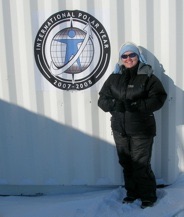
Oxidation in the
Marine Boundary Layer
Can seaweed have an impact on the composition of the marine boundary layer?
Iodine monoxide (IO) is an iodine-based oxidant that is present in high concentrations in marine environments. IO can lead to ozone destruction and new particle formation but point measurements of IO have been limited. A low pressure laser-induced fluorescence instrument (adapted from the HOx LIF system) was developed to measure iodine monoxide (IO) at low concentrations.
At Mace Head Atmospheric Research Station on the west coast of Ireland, the highest concentrations of IO ever measured were seen at daytime low tide and a strong dependance on tide height was observed. The largest source of iodine was laminaria digitata.
Over the open ocean (RHaMBLe cruise) IO was less than 2 pptv. However, this is enough to affect ozone levels in the marine boundary layer [Read et al., Nature, 2008].
Image courtesy of the Seaweed Site,
a great resource for identification of macroalgae
Borneo, Photograph taken by Martin Irwin
Sahel, Niger before the Monsoon
Kuujjuaraapik, Quebec, IPY 2007



